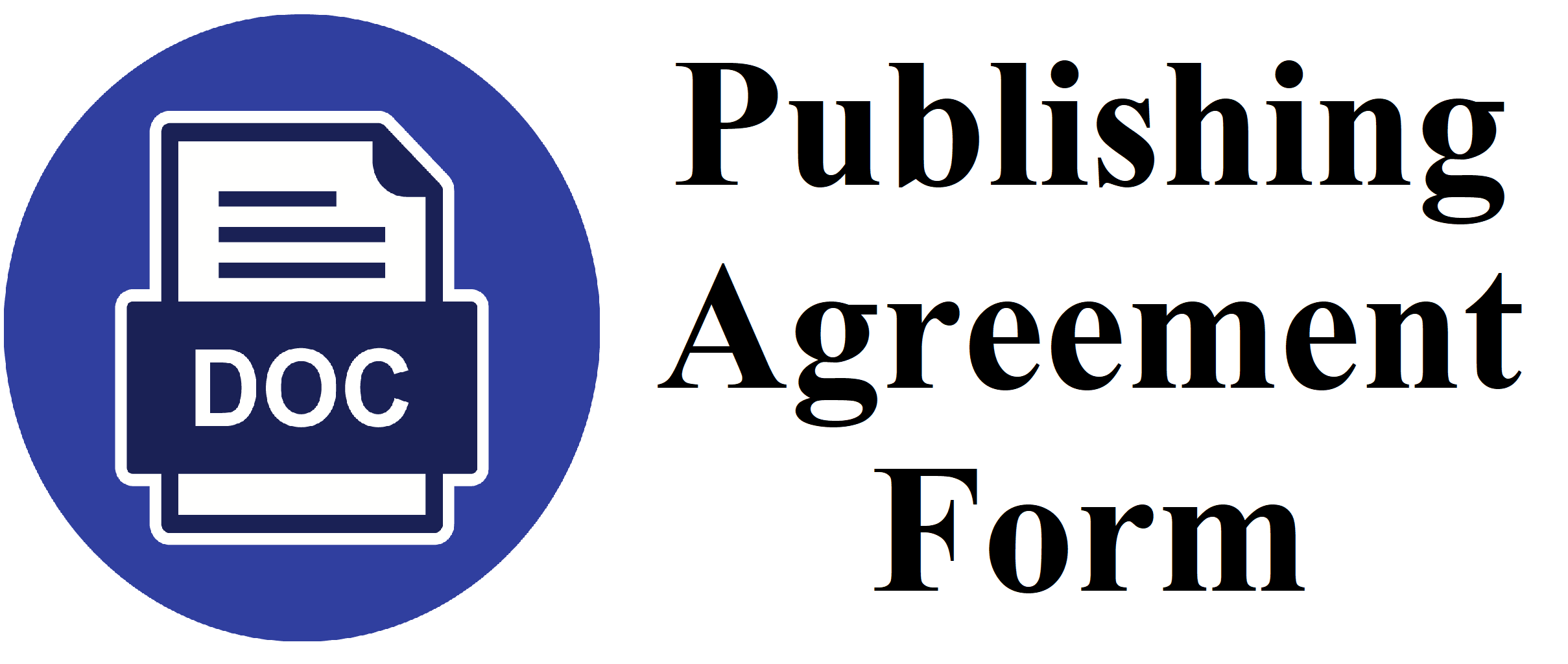Sensitivity Comparison of Pleural Fluid and Serum Neutrophil to Lymphocyte Ratio (NLR) Values in Exudative Pleural Effusion Patients
DOI:
https://doi.org/10.36497/jri.v40i4.131Keywords:
Neutrophil-Lymphocyte Ratio, Tuberculosis, Pleural NLR, Serum NLRAbstract
Background: Delay in diagnosis and non-compliance to tuberculosis (TB) treatment will increase the risk of MDR TB. WHO recommends GeneXpert as a diagnostic tool, however, the availability is still an obstacle and this tool is not owned by many health facilities. The Neutrophil-Lymphocyte Ratio (NLR) value was thought to be used to estimate the likelihood of TB cases. This study aimed to assess the sensitivity comparison of pleural fluid and serum NLR values in patients with pleural effusion at H. Adam Malik Medan General Hospital. Methods: This was an analytical study with a diagnostic test design, by calculating the sensitivity and specificity of pleural fluid and serum NLR. The sample was calculated by comparing the absolute neutrophil count and the absolute lymphocyte count from both pleural fluid and serum. Results: The sample of this study was 78 patients. In this study, pleural fluid NLR with a cut off value of 2.2 showed a sensitivity of 74% and specificity of 28%, whereas serum NLR with a cut off value of 7.0 produced a sensitivity of 53% and specificity of 68%. Conclusion: The sensitivity of pleural fluid NLR was greater than that of serum, while the specificity of serum NLR was more superior than that of pleural fluid.Downloads
References
World Health Organization. Course on MDR-TB. France: The World Medical Association; 2013.p.1-220.
Kementerian Kesehatan Republik Indonesia. Pengobatan Pasien TB Resistant Obat. Jakarta: Kemenkes RI; 2016.p.78-113.
Akturk UA, Ernam D, Akbay MO, Koc ak ND, Ogur E, Irmak I. Role of The Neutrophil-lymphocyte Ratio in the Differential Diagnosis of exudative Pleural Effusion. Turkey: Clinics; 2016.71(10):611-6.
Hasibuan P & Soeroso NN. Buku Ajar Respirologi FK USU: Kanker Paru. Medan: USU Press; 2017.p.398-401.
Colquhoun D, Cray M, Ikram R, Jensen P, Kyle C, Leathart C, McBain L, Reid J, Reith D, Tilyard M. Complete Blood Count in Primary Care. 7th ed. Dunedin, NZ: Best Practice Advocacy Centre; 2008. p.1-20.
Mileshkin LR, Freimund AE. Improvement of Outcomes for Women With HIV Infection and Cervical Cancer. J Clin Oncol. 2016; 34(31):3749.
Purba T. Analisis Hubungan Antara Tingkat Pendidikan Dan Kontak Serumah Dengan Kejadian Tuberkulosis Paru Di Wilayah Kerja Puskesmas Ranotana Weru Kota Manado [thesis]. Manado: Universitas Sam Ratulangi.; 2016.
Hasan H. Buku Ajar Ilmu Penyakit Paru: Tuberkulosis Paru. Surabaya: Pusat Penerbitan Departemen Ilmu Penyakit Paru Fakultas Kedokteran Universitas Airlangga; 2010.
Antin SS, KashinkuntiM, Darshana R, Dhananjaya M. Use of pleural fluid lymphocyte neutrophil ratio in addition to pleural fluid adenosine deaminase for the diagnosis of tuberculous pleural effusion. Sch J App Med Sci: 2014. 2(2A):498-501.
Hidayat Kusnadi. Hubungan Jenis Leukosit dengan Kejadian Tuberkulosis di Balai Kesehatan Paru Masyarakat Makassar. Jakarta: Jurnal Tuberkulosis Indonesia; 2010;3(2):6-15.
Karthik K, Manickam K, Paramasivam T, Mani S, Dashprakash M. Neutrophils in tuberculosis: Will code be unlocked?. Vet World 2013 [cited 2012 Dec 01]: 6(2): 118-121. Available from: www.veterinaryworld.org.
Li J et all. Neutrophil-to-Lymphocyte Ratio Positively Correlates to Age in Healthy Population. China: Journal of Clinical Laboratory Analysis; 2015.29(6):437-43.
Salim DK, Mutlu H, Eryilmaz MK, Salim O, Musri FY, Tural D, et al. The Neutrophil/Lymphocyte Ratio may be an indicator of advanced disease in patients with non-small cell lung cancer. Adv Lab Med Int. 2012. p.142-8.
Perhimpunan Dokter Paru Indonesia. Pedoman Diagnosis dan Penatalaksanaan Tuberkulosis di Indonesia. Jakarta: PDPI; 2011. p. 1-21.
Elizabeth MS Tobing, Widirahardjo. Characteristic of Patiens With Pleurall Effusion in RSUP H. Adam Malik Medan. Medan: E- Jurnal FK USU; 2013:10-13.
Lim JU, Yeo CD, Kang HS, Park CK, Kim JS, Kim JW, et al. Prognostic value of platelet count and lymphocite to monocyte ratio combination in stage IV non-small cell lung cancer with malignant pleural effusion. PLoS ONE. 2018:1-13.
Lee YS, Nam HS, Lim JH, Kim JS, Moon YS, Cho JH, et al. Prognostic impact of new score using neutrophil-to-lymphocyte ratios in the serum and malignant pleural effusion in lung cancer patient. BMC Cancer. 2017:1-8.
Yan Gu, Khan Zhai, Huan-Zhong Shi. Clinical Value of Tumor Markers for Determining Cause of Pleural Effusion. Chin Med J. 2016:1-6.
Verma A, Dagaonkar RS, Marshall D, Abisheganaden JM, Light RW. Differentiating Malignant from Tubercular Pleural Effusion by Cancer Ratio Plus (Cancer Ratio: Pleural Lyphocyte Count). Can Respir J. 2016:1-6.
Nikolić I, Kukulj S, Samaržija M, Jeleč V, Žarak M, Orehovec, et al. Neutrophil-to-lymphocyte and platelet-to-lymphocyte ratio help identify patients with lung cancer, but do not differentiate between lung cancer subtypes. CMJ. 2016:287-92.
Lee H, Um SJ, Kim YS, Kim DK, Jang AS, Choi HS, et al. Association of the Neutrophil-to-Lymphocyte Ratio with Lung Function and Exacerbations in Patients with Chronic Obstructive Pulmonary Disease. PLoS ONE. 2016:1-12.
Zhang H, Zhang L, Zhu K, Shi B, Yin Y, Zhu J, et al. Prognostic Significance of Combination of Preoperative Platelet Count and Neutrophil-Lymphocyte Ratio (COP-NLR) in Patients with Non-Small Cell Lung Cancer: Based on a Large Cohort Study. PLoS ONE. 2016:1-16.
Ozyurek et all. Prognostic Value of the Neutrophil to Lymphocyte Ratio (NLR) in Lung Cancer Cases. Asian Pac J Cancer Prev. 2017:1417-21.
Light RW. Tuberculous pleural effusion. In: Light RW, ed. Pleural Diseases. 6th ed. New York, NY: Lippincott Williams & Wilkins; 2013. p.247-62.
Downloads
Additional Files
Published
Issue
Section
License
- The authors own the copyright of published articles. Nevertheless, Jurnal Respirologi Indonesia has the first-to-publish license for the publication material.
- Jurnal Respirologi Indonesia has the right to archive, change the format and republish published articles by presenting the authors’ names.
- Articles are published electronically for open access and online for educational, research, and archiving purposes. Jurnal Respirologi Indonesia is not responsible for any copyright issues that might emerge from using any article except for the previous three purposes.
















